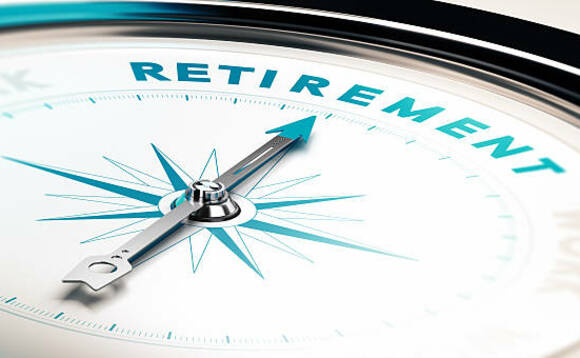New calculations from Quilter, the wealth manager and financial adviser, have found that for a single person to achieve a comfortable lifestyle in retirement they must have a pension of pot of £645,000.
The new calculations are based on the PLSA's Retirement Living Standards research which was updated to account for the cost of living. The research reveals how much people will now need in retirement to achieve a minimum, moderate or comfortable retirement lifestyle.
A comfortable retirement requires a single person to have an annual income (net of tax) of £26,700 per year on top of the state pension, which in 2023-24 is £10,600 per year.
According to the association, a comfortable retirement consists of being able to go abroad in Europe for three weeks a year, have £144 to spend on food a week and be able to gift £56 for every birthday present among other measures.
For someone looking to achieve what is defined as a moderate retirement lifestyle, a single person will need to build up a pension pot of approximately £301,000. A moderate lifestyle includes being able to afford £74 a week on food (including food away from the home) as well as two weeks in Europe and a long weekend in the UK every year.
Finally, for someone looking to achieve a minimum lifestyle which requires someone to have £2,200 in extra income per year on top of the state pension they need to have built up a pot of around £44,000. A minimum lifestyle enables someone to spend £41 on a weekly food shop, have no car and spend a week away in the UK and a long weekend each year.
Jon Greer, head of retirement policy at Quilter said: "While these figures are only a guide it is worth noting that you need to build up a relatively significant pension pot just to achieve a moderate lifestyle. Starting young is key as pension pots have a compounding effect that helps money grow much more the longer it is in the pot.
"It is worth noting that the figures from the PLSA all assume that retirees are living rent or mortgage free in their homes. Therefore, while these numbers make sense now, for future generations these figures will have to rise considerably. This is due to soaring house prices meaning that many struggle to find the money to buy a house or are forced to takeout marathon mortgages with terms that stretch into their 70s to achieve lower monthly mortgage payments.
"Similarly, The PLSA's figures also do not account for the potential costs of requiring social care. According to the ONS, male healthy life is around 62.8 years and for women it is 63.6. Meanwhile life expectancy was 79.0 years for males and 82.9 years for females meaning that many people will spend a significant proportion of their retirement in ill health potentially needing to access costly care."
The calculations assumed an escalating income of 3% and an annuity rate of 5.1% based on someone who is aged 66 (which is the current age to receive state pension). All numbers were rounded to the nearest thousand.





